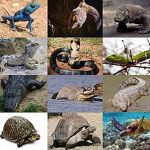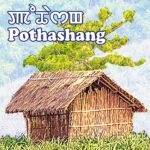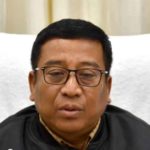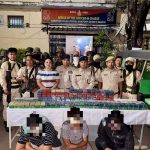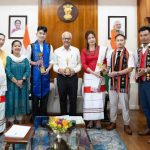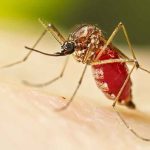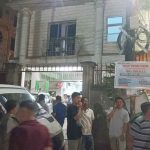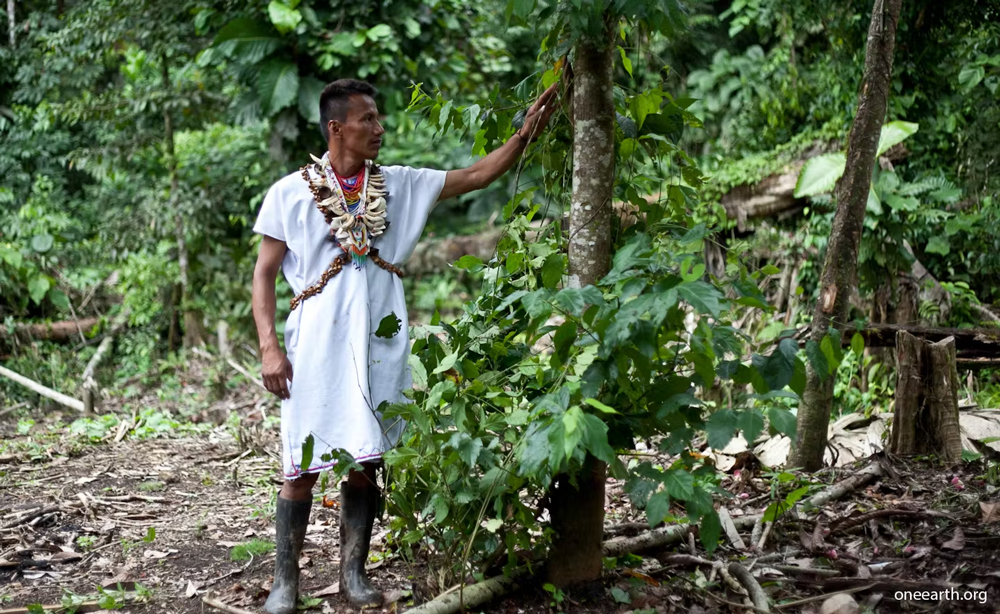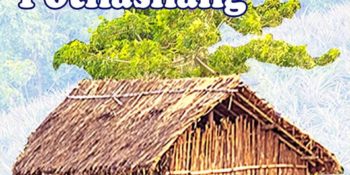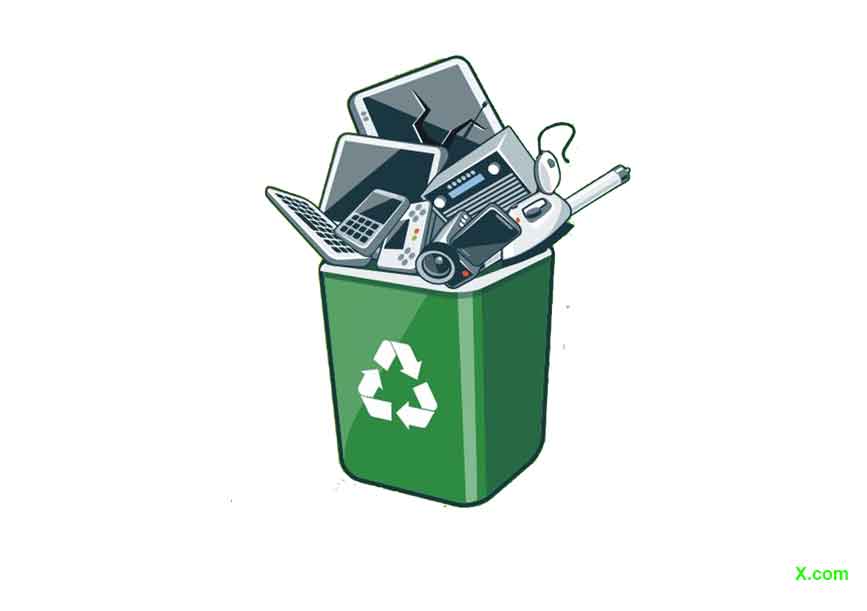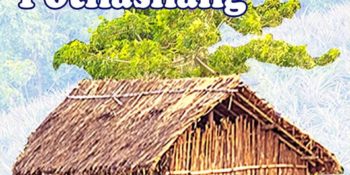Dr. N. Munal Meitei,
Environmentalist, email- nmunall@yahoo.in

International Day of World’s Indigenous Peoples is observed on 9 August since 1994. The theme for this year is “Indigenous Youth as Agents of Change for Self-determination.” This day recognizes the role of youth to protect their rights, cultures, traditions, identities, ancestral knowledge, a deep connection to their environment and the importance of indigenous peoples to the world.
According to UNESCO, the indigenous population occupies 28% of the global area in 90 countries. Their overall population is around 500 million. They make up less than 6% of the world’s population, but account for 15% of the poorest. They speak an overwhelming majority of the world’s estimated 7,000 languages and represent 5,000 different cultures. Indigenous peoples represent the greater part of the world’s cultural diversity.
Indigenous peoples from around the world share common problems related to the protection of their rights and surroundings. Many of them continue to deal with marginalisation, extreme poverty and other human rights violations. They still don’t have proper access to healthcare. They also face food insecurity due to the loss of their land and environment.
Around 200 groups of Indigenous peoples currently live in voluntary isolation and initial contact. They reside in remote forests, rich in natural resources in close contact with nature. The places they reside in are home to around 80% of the world’s biodiversity. They choose to live detached from the rest of the world and their mobility pattern allows them to engage in gathering and hunting, thereby preserving their cultures and languages. These people have a strict dependency on their ecological environment. Any changes to their natural habitat can harm both the survival of individual members and the group as a whole.
Indigenous peoples in voluntary isolation have the best option for non-exposure to external diseases. They are also the best protectors of the forest. Where their collective rights to lands and territories are protected, the forests thrive, alongside their societies. And not only is their survival crucial to the protection of our planet, but it is crucial to the protection of cultural and linguistic diversity. In today’s advanced world, the existence of Indigenous peoples in voluntary isolation and initial contact is a testament to the rich and complex tapestry of humanity and it is a huge loss to our world if they cease to exist.
Indigenous peoples have sought recognition of their identities, their way of life and their right to traditional lands, territories and natural resources for years. Yet, throughout history, their rights have been violated. Indigenous people today are arguably among the most disadvantaged and vulnerable groups of people in the world. The international community now recognizes that special measures are required to protect their rights and maintain their distinct cultures and way of life.
When there is increasing climate disruption, and biodiversity is under threat, we need to count the value of Indigenous peoples, who have lived for millions of years with knowledge on land and nature of their surroundings. The Programme on Man and the Biosphere has led the way in recognizing the valuable contributions of Indigenous peoples and communities in guiding us along the path to more sustainable development.
We know that Indigenous voices are essential for promoting cultural diversity, peace and gender equality. And yet these voices could be lost, as Indigenous languages – a vehicle for tending this relationship with the living world and each other – are in jeopardy.
Nature is the lifeline of the indigenous people. The ancestral practices of indigenous people – such as pioneering sustainable land management and climate adaptation measures – have proven critical to addressing societal challenges.
Indigenous women and girls especially, struggle to access sexual and reproductive health care due to poverty, geographic isolation and discrimination. Thus, they are more likely to give birth as an adolescent – and to die during pregnancy or childbirth, according to UNFPA research. Further, their traditional childbirth practices are often denied and can be criminalized, leaving them without access to modern health care facilities.
We must now address the widespread inequality of Indigenous people across the planet. It requires reckoning with the legacies of colonialism, slavery and gender inequity, as well as gathering data and listening to the indigenous leaders, activists and innovators who know the needs of their community’s best.
Indigenous people in India are also called as Adhivashis/Scheduled Tribes. Scheduled Tribes are said to be the earliest inhabitants on the Indian sub-continent. In India, 705 ethnic groups in104 million comprising 8.6 % of the total population is recognised as Scheduled Tribes. There are, however, many more ethnic groups that would qualify for Scheduled Tribe, but all S.Ts are not the indigenous peoples.
Developments for agriculture, mining, tourism and natural resources in their territories is resulting in the deforestation of swathes of Indigenous Peoples’ forests, disrupting their way of life and destroying the natural environment that they have protected for generations.
The rights of Indigenous peoples to land and forest resources have been increasingly targeted through forest and wildlife conservation laws and policies. Sexual violence, trafficking, killing or being branded a witch, militarization or state of violence – induced displacement remains major issues faced by women and girls.
Indigenous people are guardians of nature and biodiversity. We are all part of planet Earth, and it’s time we all stand together for the Indigenous people who are the warriors and working to build for a better ecosystem. On this day, let’s all spread the message of hope, kindness, and compassion to provide a space for the native spirit of the Indigenous peoples to thrive, prosper and grow.

